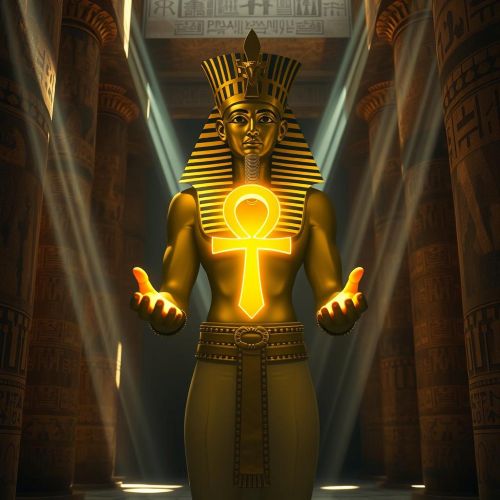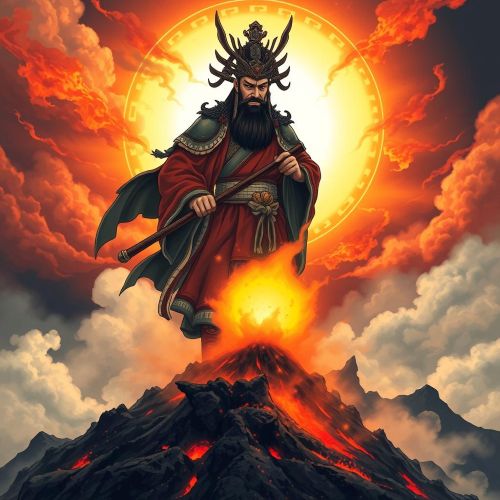The Babaylan: The Shamanic Heartbeat of Philippine Mythology
The babaylan is as a luminous thread, weaving through the stories of ancient mysticism, tribal wisdom, and spiritual connection. This enigmatic figure has played a pivotal role in the cultural and spiritual heritage of the Philippines for centuries, serving as a bridge between the material and spiritual realms. In this exploration, we delve deep into the multifaceted role of the babaylan in Philippine mythology, uncovering the profound impact of shamanism on the archipelago’s rich heritage.
The Essence of the Babaylan
The term “babaylan” originates from the Visayan language and encapsulates the essence of a healer, priestess, and spiritual guide all in one. These revered figures held a unique position in Philippine society, transcending gender roles and embodying a fluidity that allowed them to seamlessly move between the worlds of the mundane and the mystical.
Spiritual Guardians
Babaylans were regarded as the spiritual guardians of their communities, tasked with maintaining harmony between the physical and supernatural realms. They communicated with ancestral spirits, nature deities, and the unseen forces that influenced the everyday lives of their people. Through rituals, dances, and trance-like states, babaylans sought to harness these energies for the well-being of their communities.
Shamanic Rituals
Shamanic practices were at the core of the babaylan’s role. These rituals were diverse, reflecting the cultural diversity of the Philippines’ 7,000 islands. Some common practices included divination through dreams, the use of medicinal plants, and ecstatic dancing to enter altered states of consciousness. In these states, babaylans would commune with spirits, diagnose illnesses, and offer guidance to those in need.
Gender Fluidity
One of the most remarkable aspects of babaylans was their ability to transcend the gender binary. In a society that often imposed strict gender roles, babaylans were accepted as individuals who embodied both masculine and feminine qualities. They defied societal norms, breaking free from rigid constraints to serve as spiritual intermediaries.
Resistance and Colonization
The arrival of Spanish colonizers in the Philippines marked a turning point in the history of the babaylan. The colonizers viewed these spiritual leaders as a threat to their authority and sought to suppress their practices. Babaylans became targets of persecution, and their traditions were driven underground.
Revival and Resurgence
Despite centuries of colonization and suppression, the spirit of the babaylan endured. In recent decades, there has been a resurgence of interest in traditional Filipino spirituality and a revival of babaylan practices. This revival has been a powerful source of cultural reclamation and resistance against the erasure of indigenous traditions.
Babaylanism Today
Contemporary babaylanism is a dynamic and evolving movement that seeks to honor and preserve the wisdom of the babaylans while adapting to the challenges of the modern world. Babaylans today continue to serve as spiritual guides and healers, helping individuals reconnect with their ancestral roots and find healing in a fast-paced, fragmented world.
The Babaylan and Nature
A fundamental aspect of babaylanism is the deep connection to nature. The babaylan acts as a steward of the environment, recognizing the interdependence of humans and the natural world. Many traditional rituals involve offerings to nature spirits and a profound respect for the land and its resources.
Babaylanism and Feminism
The resurgence of babaylanism has also intersected with feminist movements in the Philippines. The gender-fluid nature of the babaylan has inspired discussions about gender equality and the recognition of diverse gender identities. In this sense, the babaylan serves as a symbol of empowerment for women and the LGBTQ+ community in the Philippines.
Conclusion
The role of shamanism in Philippine mythology is epitomized by the babaylan. This multifaceted figure embodies the connection between the spiritual and material realms, transcending gender norms, and serving as a beacon of resilience in the face of colonization and oppression.
The babaylan’s resurgence in modern times signifies a powerful revival of indigenous wisdom and a reclamation of cultural identity. As the babaylan continues to guide and heal, it reminds us of the importance of reconnecting with our ancestral roots and nurturing our relationship with the natural world.
In the heart of Philippine mythology, the babaylan’s heartbeat resonates as a reminder of the enduring power of spirituality, gender fluidity, and the profound connection between humans and the cosmos. In the tapestry of Philippine culture, the babaylan is a luminous thread that weaves the past, present, and future together, reminding us to honor our heritage and protect the sacred bond between humanity and the Earth.






